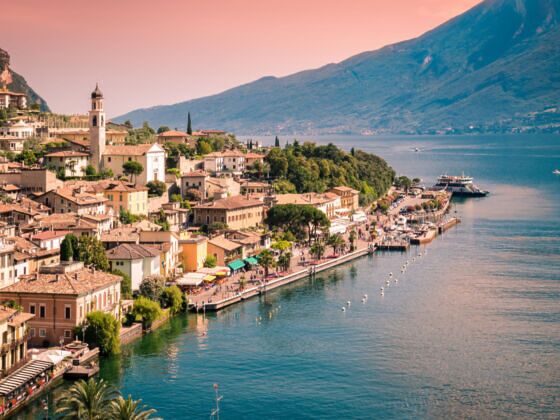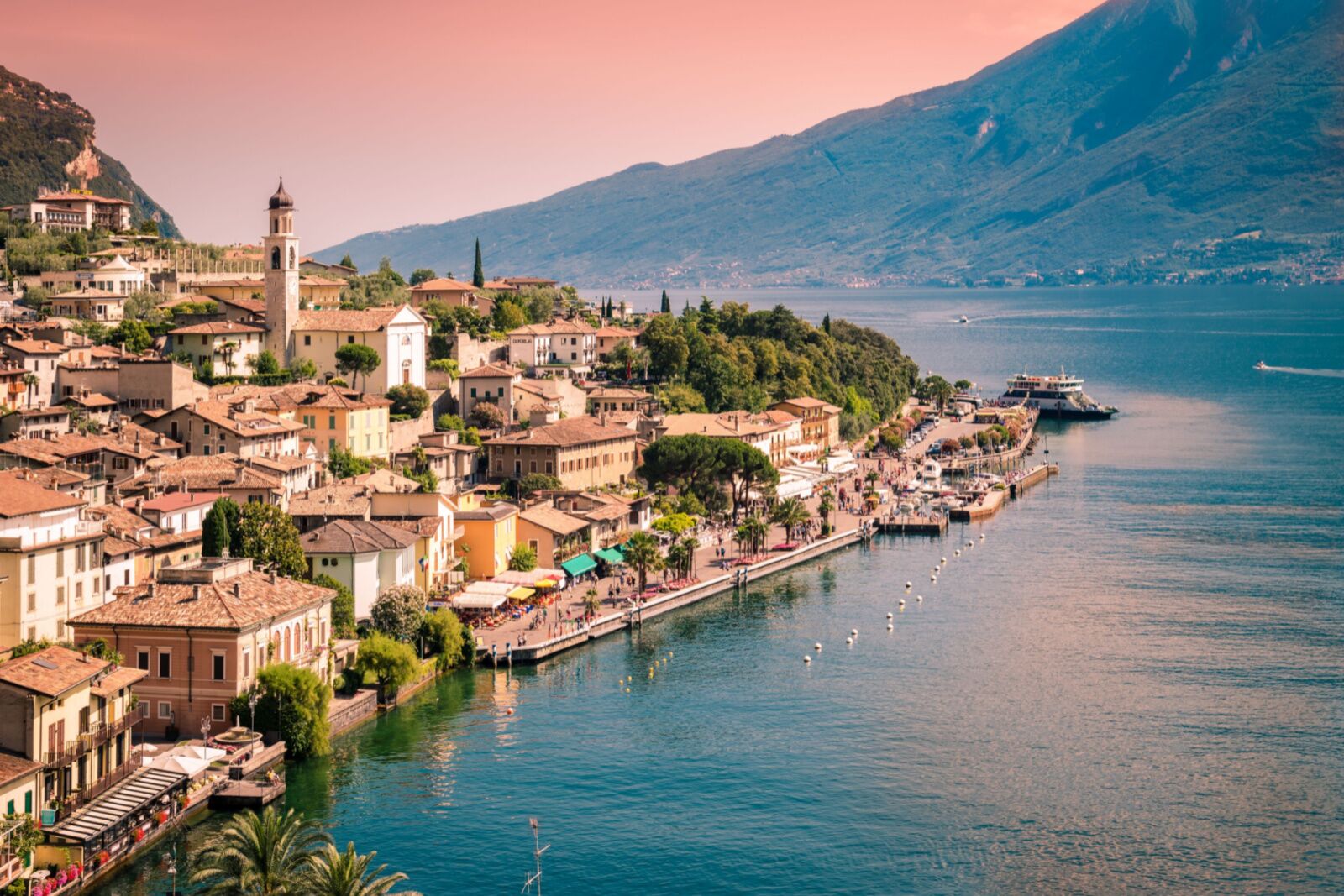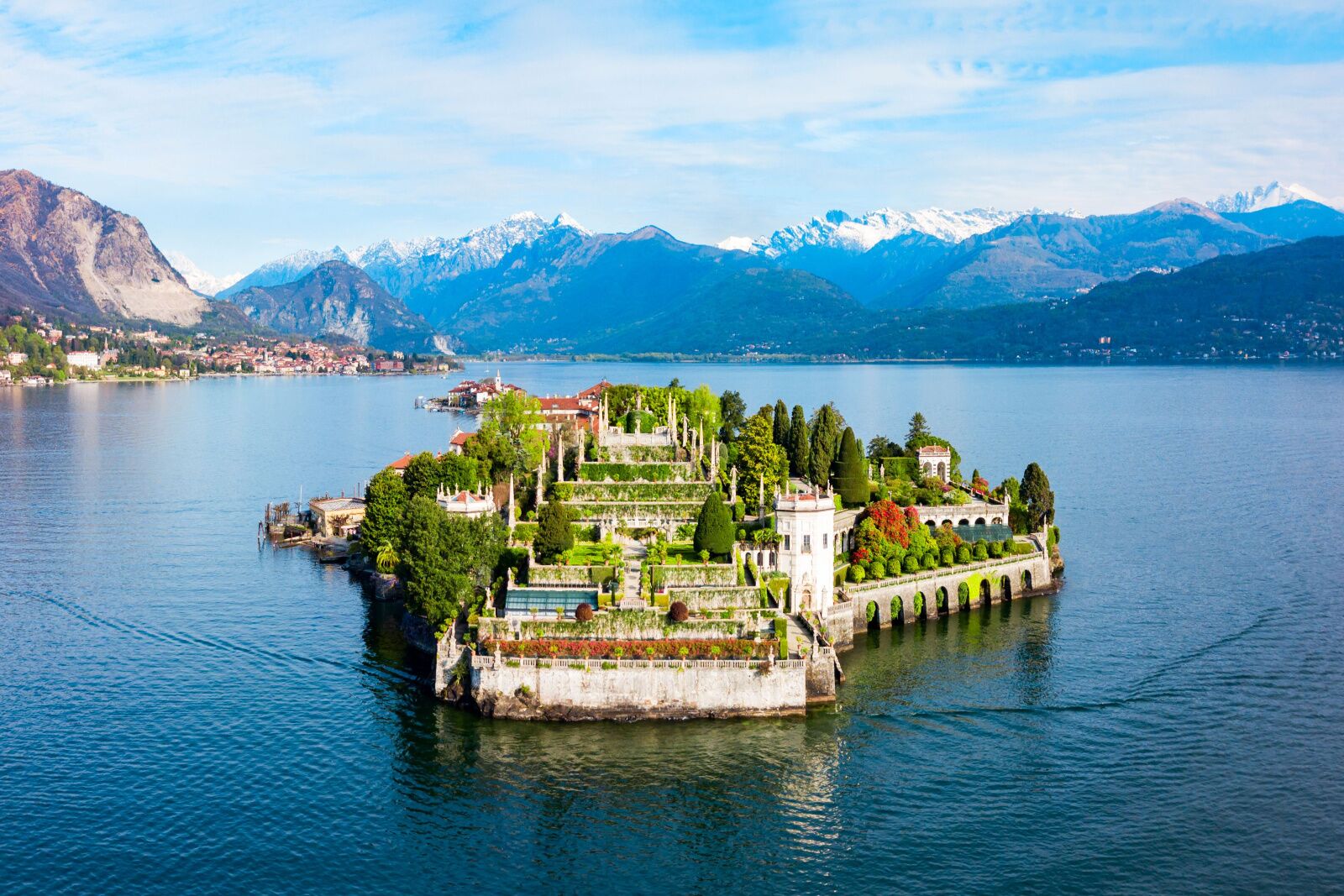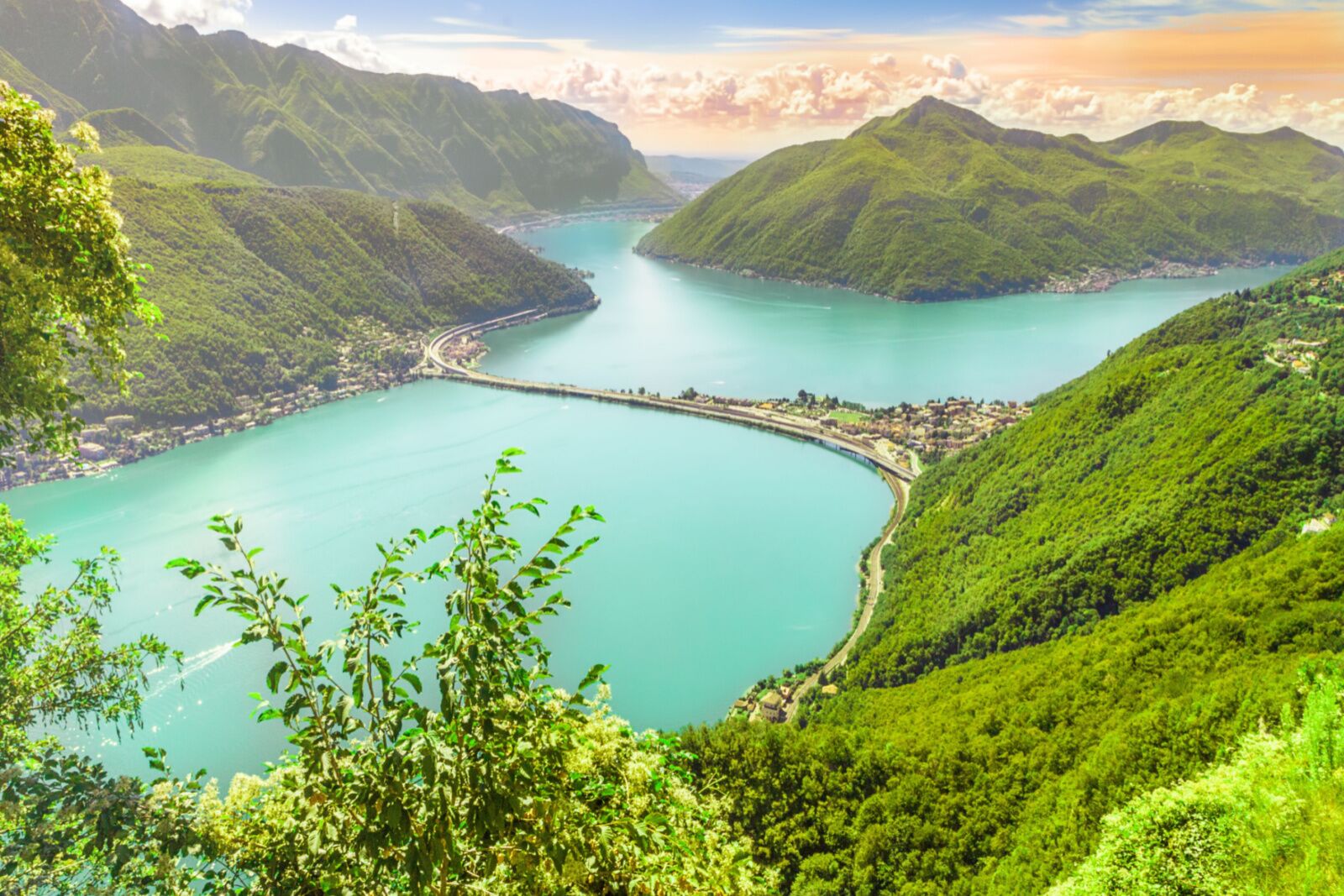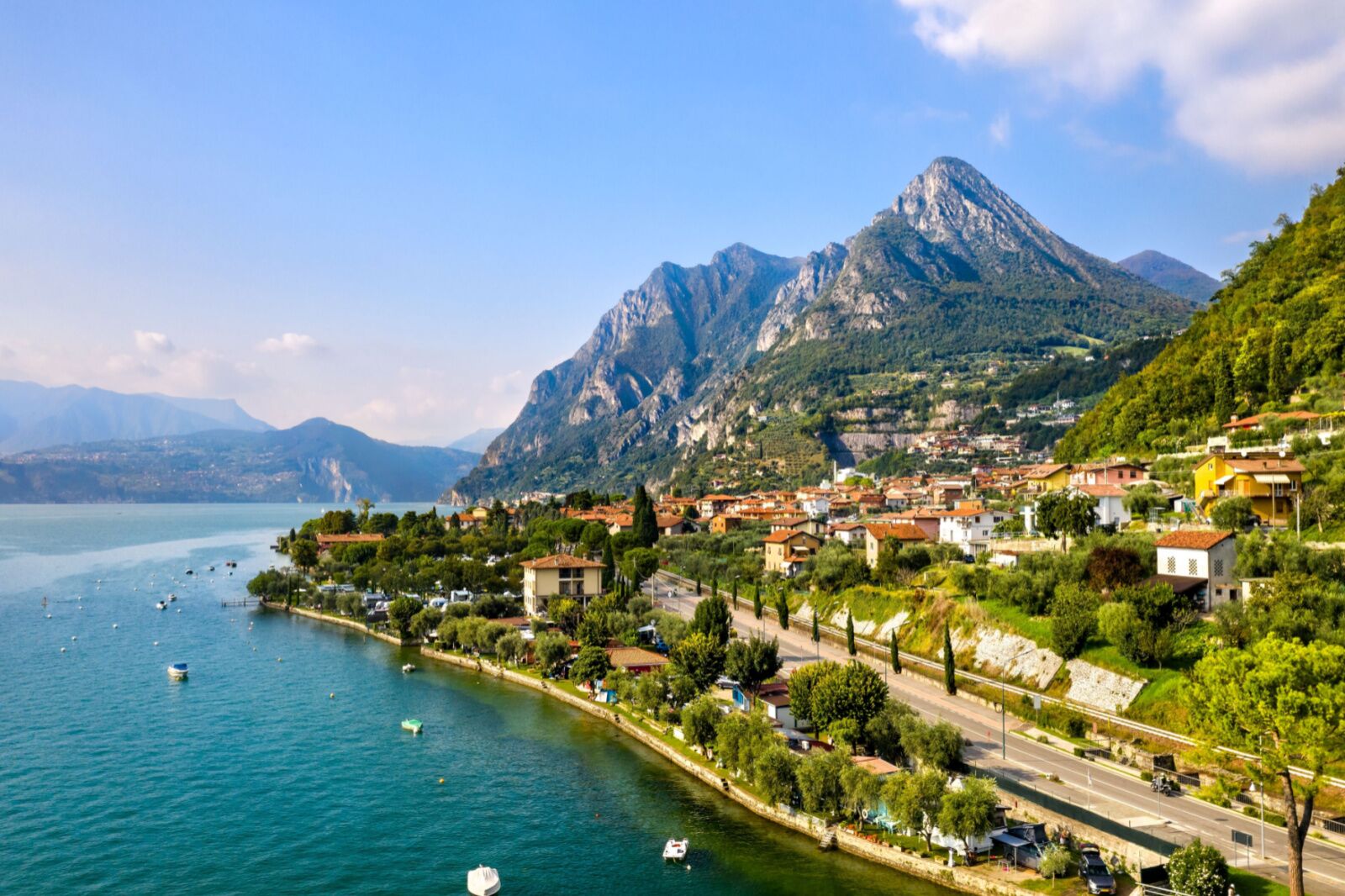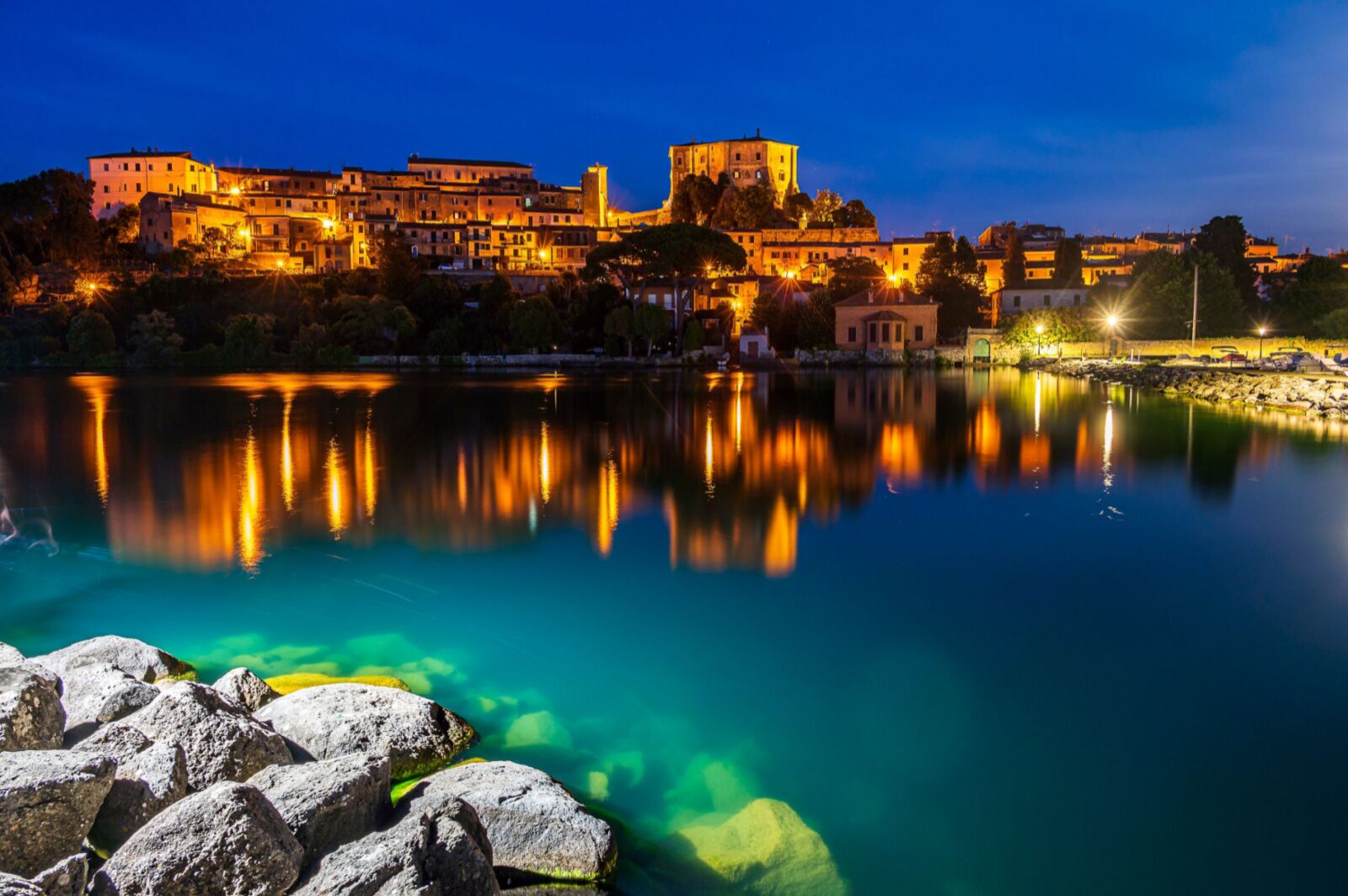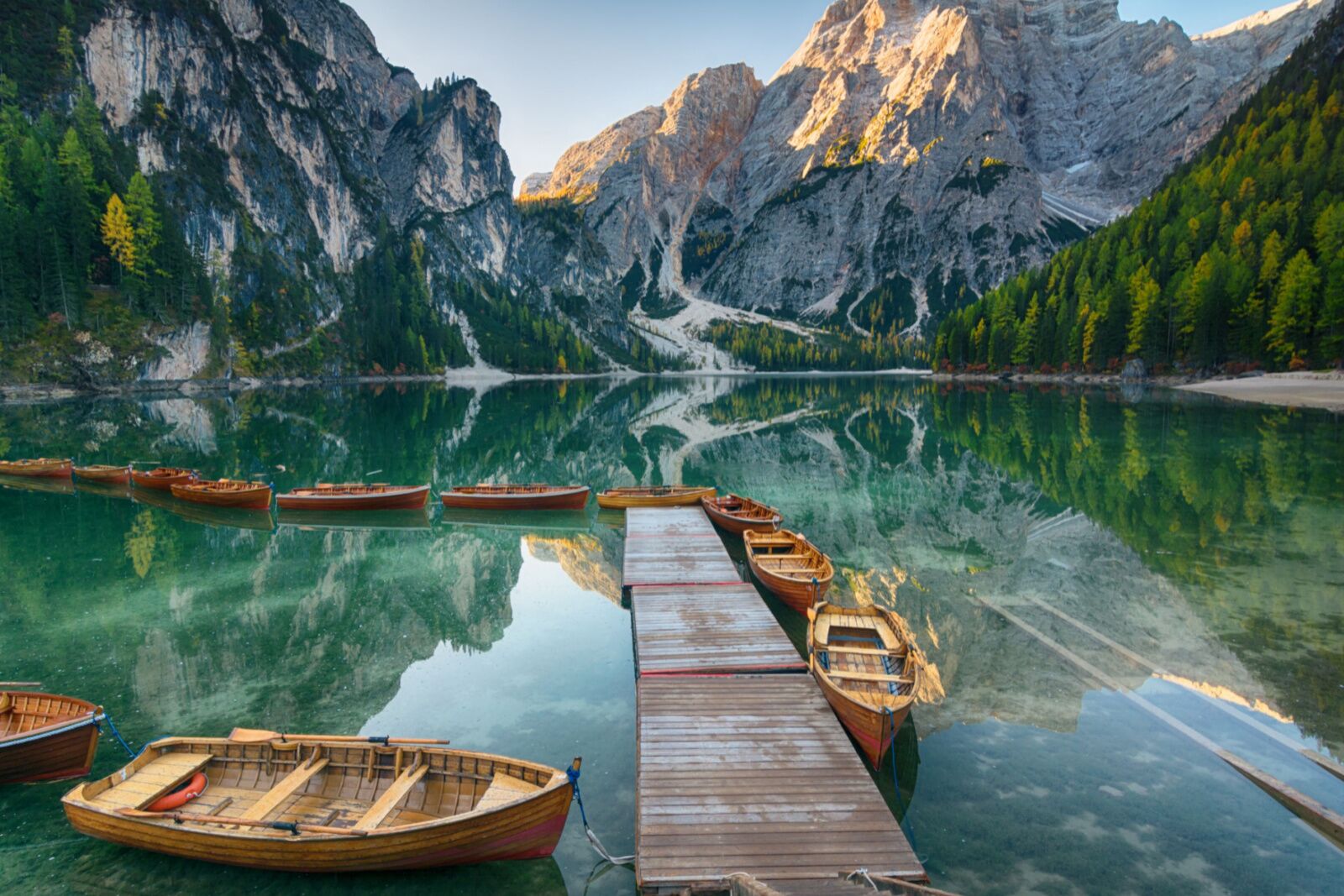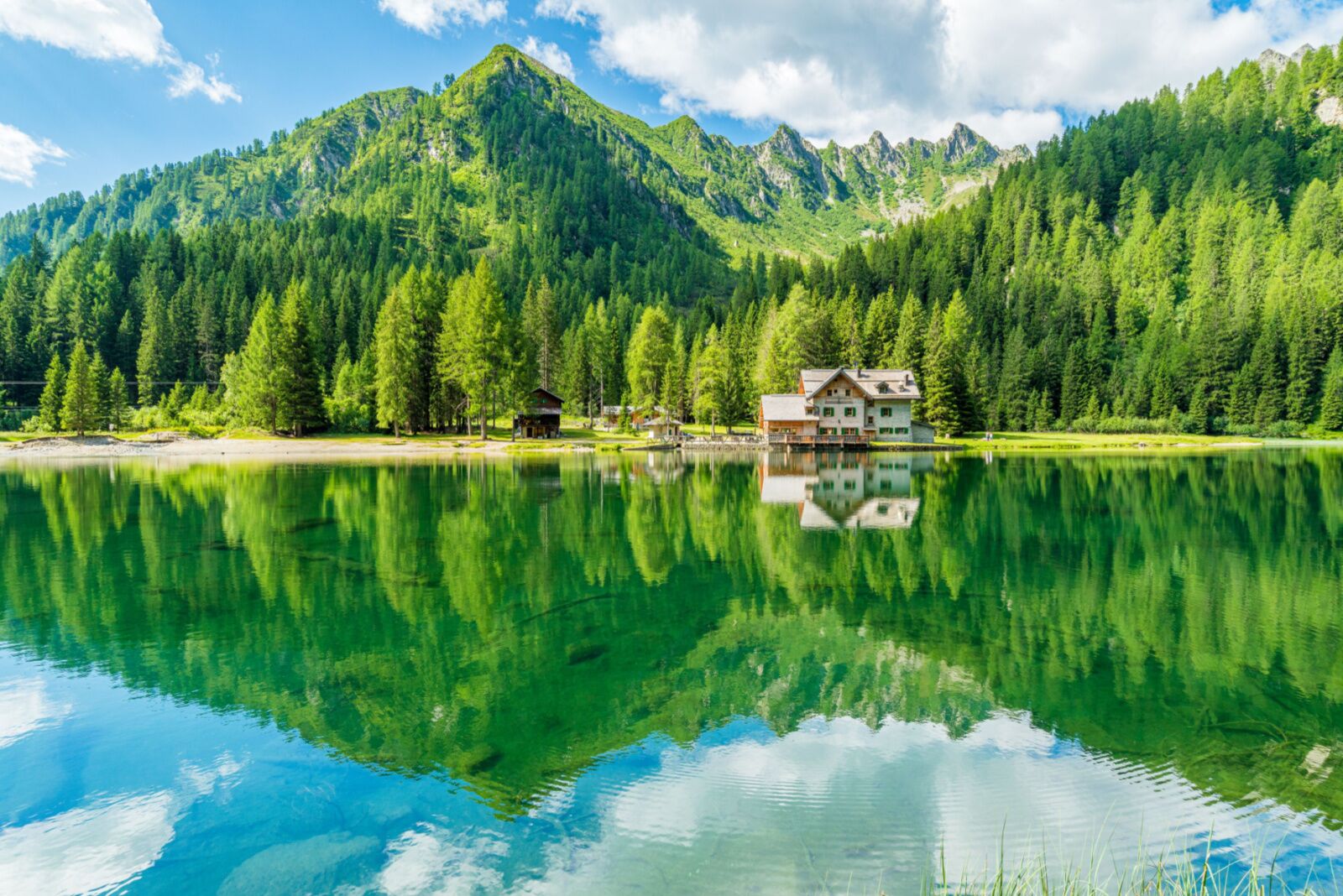Lake Como is the most famous lake in Italy, thanks to its long history as an exclusive vacation spot for the rich and famous. And while Como earns its creds with plenty of stunning scenery, it’s not the only fish in the sea — or, rather, not the only lake in the peninsula.
Northern Italy has an entire region laced with deep, clear, and dramatically situated lakes carved by glaciers. Further south, the scenery is less epic, but there’s still a lake or two worthy of your attention.
The best Italian lakes are suited to a range of pursuits, whether your interests are active sports like hiking, paragliding, or paddleboarding, or if your idea of a lakeside activity is more of the drinking-an-Aperol-spritz-with-a-view variety. Before your European trip begins, check out these seven Italian lakes that make worthy alternatives to Lake Como, along with how to reach them, what to do while there, and the best times to visit.
